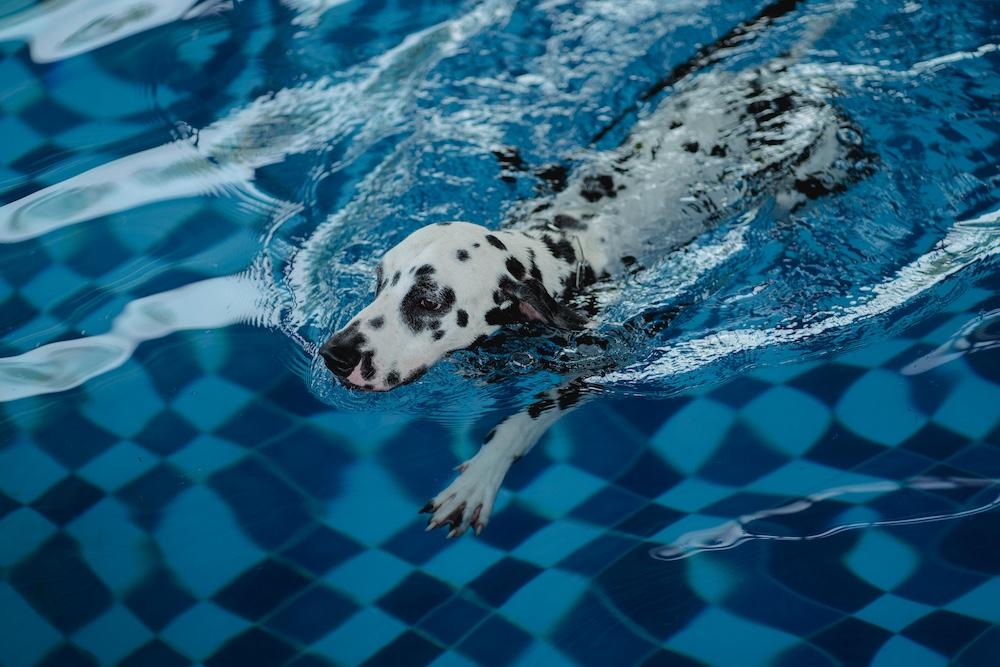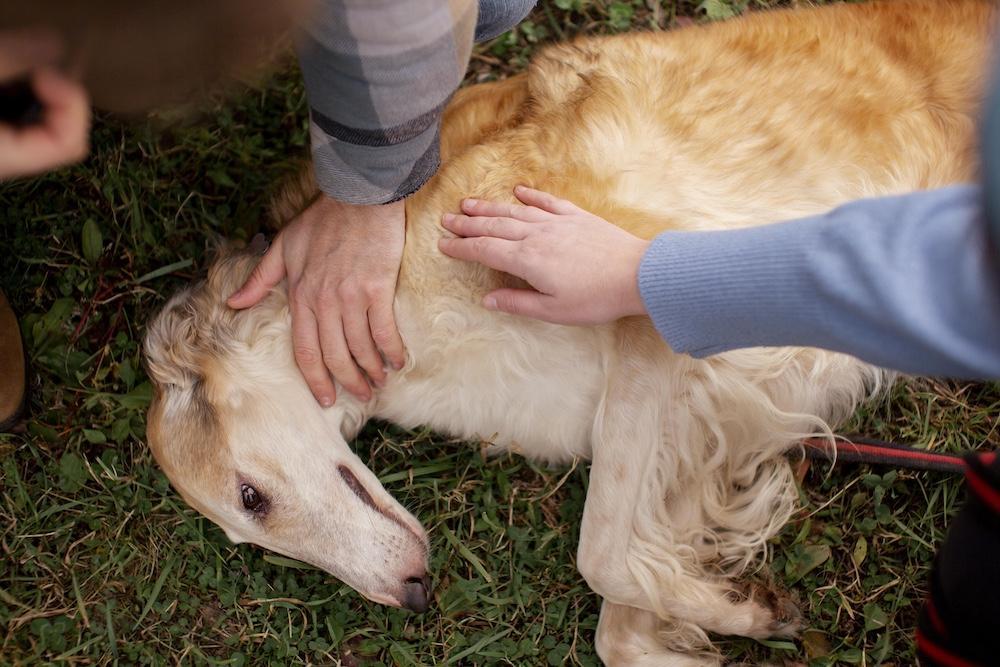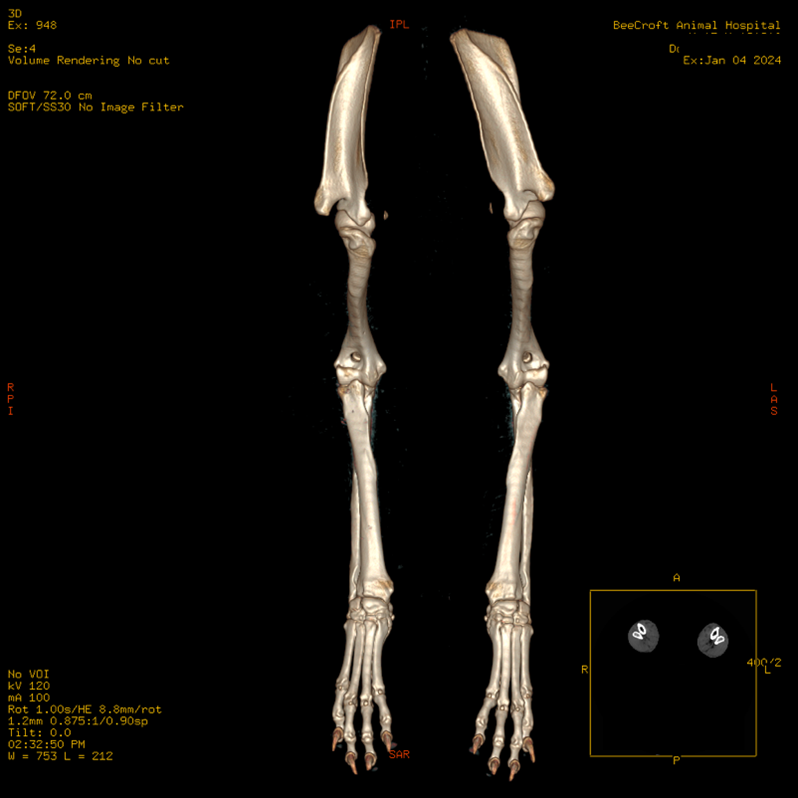By Dr Daphne Ang, BPharm, BVSc (Hons), MANZCVS ( Veterinary Behaviour), Clinical Resident Veterinary Behavior (ACVB)
Noise and thunderstorm sensitivity are amongst the most common emotional disorders of dogs, with a reported prevalence ranging between 17-50% of the pet dog population.
Noise aversion is a term coined in behaviour medicine to describe a negative emotional state that is experienced by the animal in a noise event that elicits an undesirable behavioural response.
Genetics, trauma associated with noise, lack of socialisation, and poor maternal care are contributing factors to the development and progression of this problem.
Noise aversions typically develop around one to two years of age with severity and prevalence increasing with age.
Fearful dogs were also found to be more likely to have greater noise sensitivity than non-fearful ones.
It is also noted that this aversion can generalise to the location of where the noise was experienced and/or the conditions that occurred with the noise. This means that dogs can exhibit signs of distress when exposed to these stimuli without the noise.
Fear of loud noises is normally an innate and adaptive response. Similarly, a startle response is instinctive and normal.
This reaction becomes maladaptive when the individual fails to habituate to the sound and panic ensues. This is when a true phobia may potentially develop. A phobia is an irrational, excessive, out-of-context response that occurs out of proportion to the threat. Phobias are a serious welfare concern especially when the safety of the individual is compromised.
The degree of phobia seems to escalate with age, with females being more likely to develop this phobia. Patients who experience a phobia to salient sounds like thunder were more likely to also show a phobia to a different salient sound like fireworks. This finding suggests that patients are more likely to generalise the phobia.
In some cases, thunder phobias can have dire consequences. In April 2021, there was an unfortunate case of a dog who fell eight floors to her death after escaping during a thunderstorm. In that same year, another dog bolted out of the house after being spooked by the storm.
Diagnosis and clinical signs
Diagnosis is straightforward when one is present to witness the pet’s response during a storm. Clinical signs (in response to the noise or throughout the duration of the event) include trembling, hiding, vocalising, attention seeking, crouching, pacing, hypersalivation, destruction, urination, defecation, aggression, and escape attempts.
The intensity varies from mild to intense panic. It has been reported that 12% of dogs take three to seven days and 3% of dogs take weeks to months to recover from other noise events. It would not be unreasonable to expect that the numbers might be similar for thunderstorms.
It is interesting to note that in one study, 40-50% of owners report noise sensitivities in their pets. However, less than 20% of owners are likely to seek help.
Storm fears are challenging to treat as there are variants in which patients respond to thunder. Apart from sound, patients can respond to other indicators of storms such as changes in barometric pressure, static electricity, wind, and changes in ambient light. This means you are less likely to be able to predict accurately when your dog starts to react and the only variables that you can reasonably try to desensitise are lightning and thunder.
Ideally, the best way to prevent any noise fears and phobias, including thunder, is to carefully expose the pet to as many different stimuli as possible while they are young. Puppies can be exposed to a variety of mild stimuli as early as two weeks of age. This should continue through the first year of life.The idea is to habituate the pet to these stimuli. Counterconditioning exercises using the pet’s motivation should begin as soon as possible.
It is crucial to note that the manner in which we expose the pet matters. Not being cognizant of the emotional state of the pet during exposure can potentially sensitise them instead. If you ignore a dog’s fear of any noise, it will likely get worse.
A multimodal approach is used when addressing storm fear and phobia. However, It is also necessary to realise that there is not one treatment that will work every time in every dog.
Management
Any further exposure to triggers generally worsens the problem. In addition, the well-being, welfare, and quality of life is often affected during an episode of exposure. Therefore, the initial step in treatment is to minimise or avoid all encounters of the trigger(s) until behavioural modification can be effectively implemented. The aim is also to shift the emotional state of the pet to the trigger(s).
What you can do:
- Avoidance, masking, muting, or reducing the sights and sounds (e.g., using a white noise machine, playing music closing the windows and curtains).
- Remove the pet to an area where the pet feels more comfortable, i.e., a sanctuary space (see next section).
- Engage the pet in a pleasant activity (e.g., games or interactive food toy).
- Provide comfort to the terrified pet.
- Use of pressure wraps, thunder jackets, noise cancelling earphones.
What you should not do:
- Ignore the pet when it is showing signs of fear and panic. You cannot positively reinforce fear. This means providing comfort is not going to make the pet more fearful.
- Punish the pet, which includes yelling or using scare tactics to stop the dog from performing the undesirable behaviours.
Sanctuary space
A sanctuary space is:
- a room, a crate or a safe area of the home where the pet can get away from the frightening sound.
- commonly a spot that most pets have chosen.
- comfortable and has all the necessary items that the pet needs including water and bedding.
- preferably one that has no windows or windows that can be blocked or closed so that the visual aspect of a thunderstorm is avoided.
- not a space to be used for time out/punishment.
If the chosen space is less ideal or not a safe space, an alternative location can be picked. The pet can be taught to go there when they are stressed.
Behavioural Modification
Desensitisation and Counterconditioning (DSCC) is a term used to describe the method used to treat noise/storm aversion.
DSCC differs from obedience training. It is an intentional exercise that exposes the pet to increasing doses (intensity) of the trigger in a controlled and positive manner (using treats or games) so that the pet eventually feels more comfortable about the situations that the pet finds challenging.
Sound recordings are commonly used with the aim to expose an increasing intensity of fear-inducing (recorded) storms while the pet is relaxed. It is hoped that a positive emotional response to the recorded sounds might transfer to the actual storm However, as explained above, that not all dogs respond to this method because the nuances of a storm are hard to replicate.
While DSCC can be a planned training session, counter conditioning should be used whenever possible during the actual storm event.
The DCSS process can be paired with a relaxation protocol where the pet is taught to relax on cue.
Pharmacological interventions
Dogs with moderate or severe thunderstorm phobia, anti-anxiety medication is required to manage safety and, in some cases, can be lifesaving. In a state of panic, dogs can damage homes and injure themselves in the process.

References
- Blackwell EJ, Bradshaw JWS, Casey RA. Fear responses to noises in domestic dogs: prevalence, risk factors and co-occurrence with other fear related behaviour. Appl Anim Behav Sci 2013; 145:15-25
- Dale AR, Walker JK, Farnworth MJ, Et al. A survey of owners’ perceptions of fear of fireworks in a sample of dogs and cats in New Zealand. N Z Vet J 2010; 58:286-291
- Storengen LM, Lingaas F. Noise sensitivity in 17 dog breeds: prevalence, breed risk and correlation with fear in other situations. Appl Animal Behav Sci 2015; 171:152-160
- Tiira K, Sulkama S, Lohi H. Prevalence, comorbidity, and behavioral variation in canine anxiety. J Vet Behav. 2016; 16:36-44





